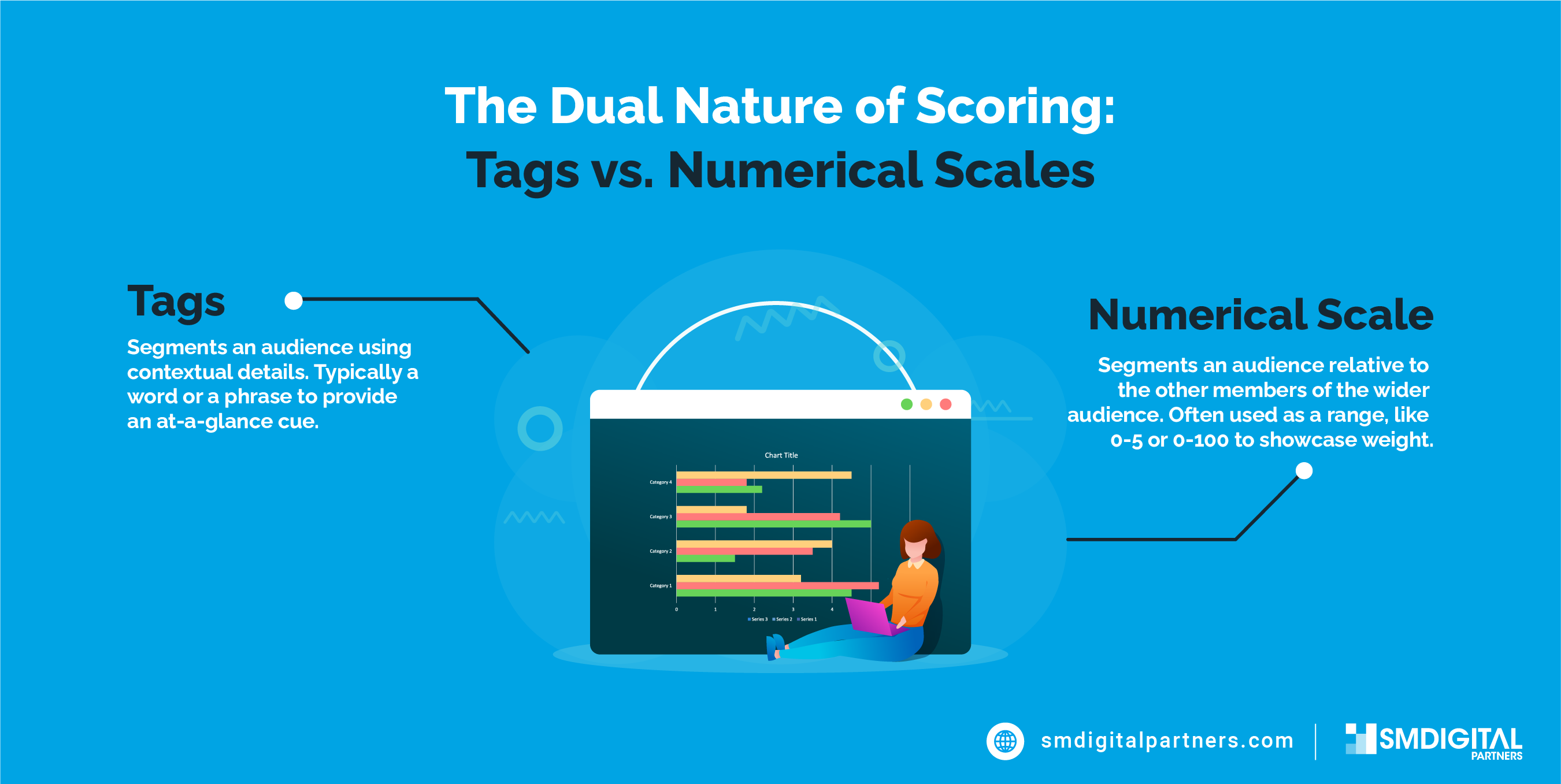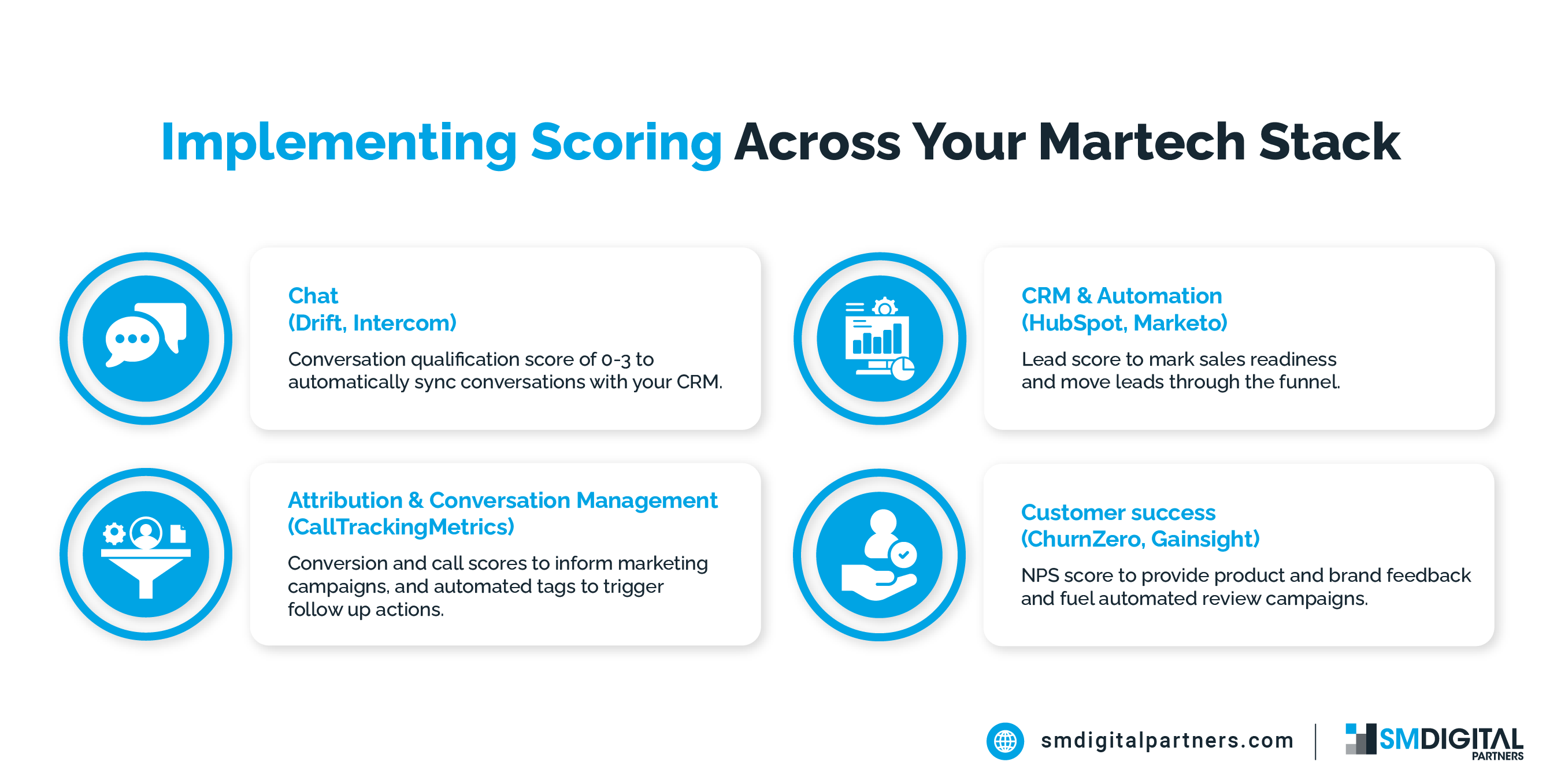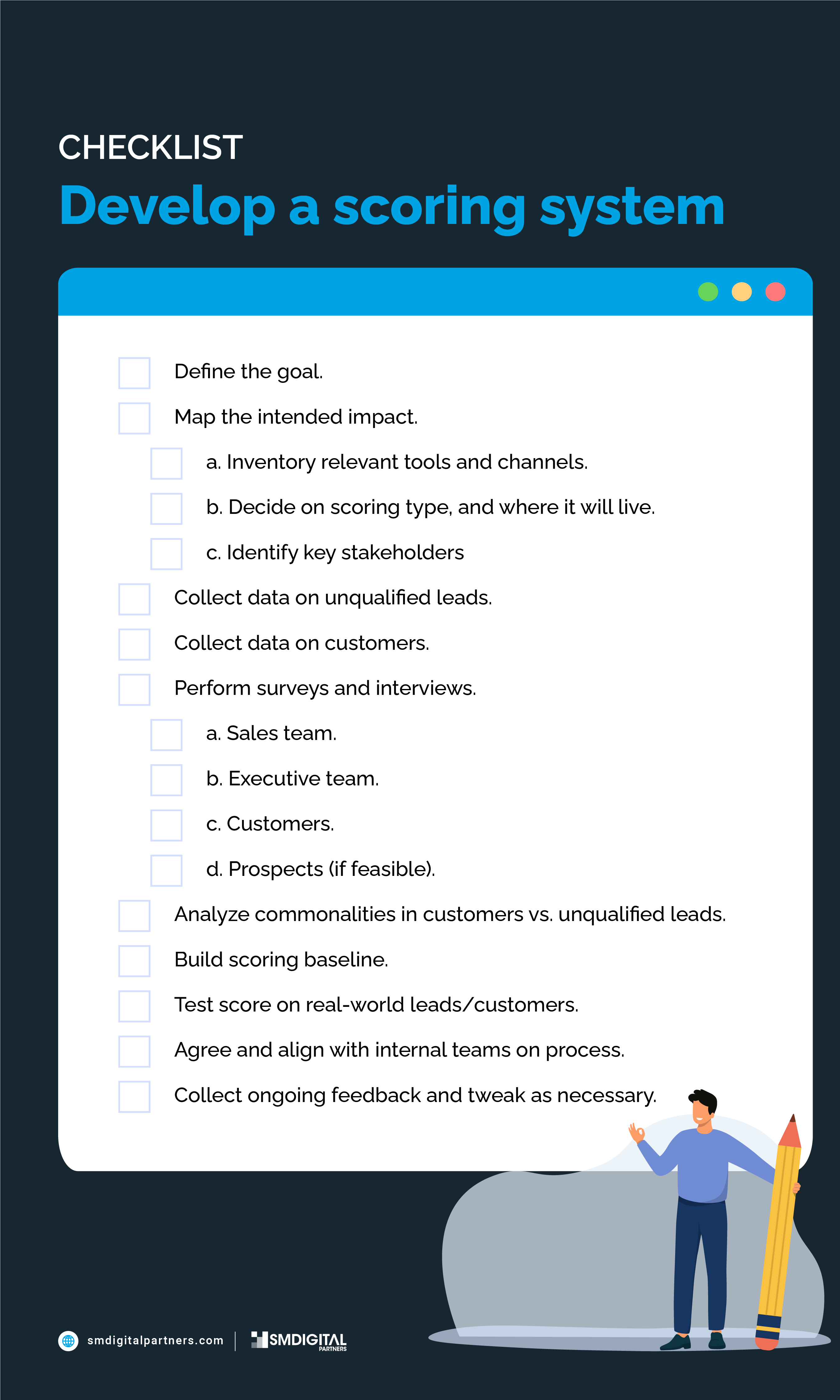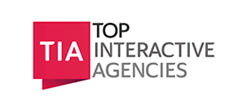Unveiling the Key to Sales and Marketing Triumph: The Power of Scoring
In the ever-evolving landscape of marketing jargon, “optimization” reigns supreme as the holy grail for marketers. Yet, the essence of optimization lies not merely in the act itself but rather in the destination it leads to. The true aim is not just to optimize but to optimize towards quality. Quality in leads, in collaboration between Sales and Marketing, and in the overall customer experience. So, how do we shift our focus towards optimizing for quality? The answer lies in scoring.
Understanding Scoring: A Fundamental Breakdown
At its core, scoring involves converting qualitative attributes into quantitative metrics to facilitate better decision-making within a dataset. In an era inundated with data, scoring serves as a beacon, enabling marketers to navigate through the deluge of information by segmenting audiences based on concrete numerical values derived from nuanced characteristics.
Traditionally, scoring has been synonymous with “lead scoring,” where prospects are assessed based on various criteria to determine their readiness for Sales engagement. However, in today’s multifaceted marketing landscape, scoring extends beyond the confines of inbound lead funnels. With strategies like Account-Based Marketing and Omnichannel Communications gaining prominence, scoring permeates multiple touchpoints along the customer journey.
The Dual Nature of Scoring: Tags vs. Numerical Scales
Scoring manifests in two primary forms: Tags and Numerical Scales. Tags provide contextual cues by segmenting audiences based on descriptive attributes, while Numerical Scales offer a more structured approach by assigning values within a specified range.

Implementing Scoring Across Your Martech Stack
The integration of scoring into your martech stack opens doors to enhanced operational decision-making across various internal processes. From chat platforms to CRM systems to customer success tools, scoring amplifies efficiency by segregating data according to quality and urgency.

Constructing Your Scoring Framework
Effective scoring hinges on aligning with overarching goals and understanding your audience meticulously. By delineating ideal customer profiles and gathering insights from both customers and Sales teams, you lay the groundwork for a robust scoring framework. Attributes such as email domains, company size, engagement metrics, and conversational history serve as pivotal factors in shaping your scoring parameters.
Situational Scoring: Tailoring Scores for Every Context. How CTM does it?
Beyond traditional lead scoring, situational scoring emerges as a versatile tool applicable across various scenarios. Whether it’s optimizing the sales funnel, refining campaign strategies, enhancing customer experiences, or gaining a competitive edge, scoring proves invaluable in driving desired outcomes.
Classic Use for the Funnel
Why? A score for moving prospects through the funnel gives you a way to automate, and
validate, your process for determining Sales readiness.
How? Split a scoring scale into equal parts, aligned to your qualification stages. Something like: Subscriber (0-24 points), Lead (25-49 points), Marketing Qualified (50-74), Sales Qualified (75-100). When a prospect hits a score of 75, it’s time to let Sales do their thing!
Who Benefits? If done right, the Sales team is going to win big with lead scoring.
The Marketing team owns lead scoring, in an attempt to create efficiencies for the Sales
team. Sales is able to prioritize outreach based on score, and with accurate scoring, close
rates and time-to-close should improve
Another great benefit to lead scoring is Sales and Marketing have something to point to for troubleshooting “bad” leads, instead of pointing fingers. Aligning on scoring criteria can help bring teams closer together and work towards the same goals.
What else? he focus on lead scoring is the Sales hand off. But scoring can impact more than that.
Use your segments to drive your nurture campaigns. A prospect with a score of 50 might
be ready for more robust content, FAQs, and other consideration materials while someone
with a lower score would be ready for more educational and top of funnel articles
For Campaign Optimization
Why? Good advertising relies on targeting the best audiences. With scoring, you’re essentially
segmenting your first-party data into targeted lists for outreach and lookalikes
How? here are many approaches to automating ad campaigns through a quality score. One great
way is to have Sales and BDRs score conversions, e.g., inbound calls, form submissions, and
chats, on a scale of 1-5. One being unqualified, five being a purchase. Coupled with detailed
source attribution, you can push effort and budget towards quality, not just volume.
Who Benefits? The marketing team, and strategists executing the day-to-day optimizations, earn the
biggest benefit of improved KPIs and efficiencies f rom automation.
What Else? Add automation to increase the value even more. Instead of a BDR scoring individual phone
calls, you can create rules around your quality based on conversation attributes and even
the words spoken. Maybe calls under 20 seconds automatically get scored a 1, or a score of 5
when Sales requests credit card information
For Customer Experience
Why? Once someone becomes a customer, your job is to keep them happy with your product or service, and to keep them as customers. Scoring can help provide meaningful context to automate proactive outreach
How? Get started by using a speech analytics tool that can automate actions based on spoken words. Instead of numerical scores, you can “score” customer phone conversations with a contextual tag. An easy place to start would be to score based on sentiment.
Set up your criteria for what an at-risk customer might sound like (and the same for a happy
customer!). Something along the lines of – if a caller uses words like “refund” or mentions
a competitor, the call gets marked as “at-risk” and an automatic notification gets sent to a
manager to review the call recording and escalate follow up.
Conversely, a customer using words like “love” and “incredible support” might get tagged “testimonial candidate” with a notification to Marketing for outreach
Who Benefits? The intelligence gained by customer support and customer success teams will help prioritize outreach and make sure conversations are relevant beyond a generic check-in. And of course, happier customers are great for everyone, including the Marketing team, who gets a bigger pool to generate positive reviews, case studies, and partnership opportunities from.
What Else? Of course, NPS is the classic customer satisfaction score that can be used to segment customers. Depending on their response, you could have someone reach out individually, trigger a task for an account review, or make an ask for a testimonial.
For Competitive Edge
Why? Reporting on lead volume, or increased impressions, clicks, etc, is something any agency can do. Working with your clients to implement scoring allows an agency to point to increases in quality, on top of other wins, to better show an agency’s value.
How? Rather than building a new scoring system, align with your clients to report on trends to existing scores. Drill down to what your team can impact, such as an average score for leads from Google Ads. Month-over-month and year-over-year. Consider using Looker Studio to automate some of the reporting process and consolidate data sources.
Who Benefits? Reporting beyond vanity metrics will give any agency team a leg up, and help to avoid a client relationship going up for review. The additional context to reporting will also make your internal points of contact look like stars to their leadership, helping to keep a strong, lasting client relationship.
What Else? It can be tough to get clients to give agencies access to downstream data and tools to make
the most out of scoring. Try to get buy-in with the above situational scoring descriptions, and help to do the heavy (billable!) lifting up front.
If you’re still unable to get the access you need, there are other ways to use forms of scoring as an agency. Assign values to conversion events for the paid channels you’re using. Use actual value if it’s known, or relative value to simulate a weighting system. You’ll still need buy-in f rom your client, but it’s a much easier sell. You can then start reporting with additional color of value and quality. Reporting 10 conversions is one thing. Reporting $5,000 in conversion value is another.
Embark on Your Scoring Journey
In essence, scoring embodies the essence of data-driven decision-making in modern marketing. As you embark on your scoring journey, remember that it’s not just about building scores; it’s about continuously refining and adapting them to meet evolving needs. With each iteration, you inch closer to unlocking the true potential of scoring and propelling your sales and marketing endeavors to new heights. So, embrace the power of scoring and chart a course towards unparalleled success in the dynamic realm of digital marketing.

Conclusion: Unlocking the Power of Scoring
In the labyrinth of modern marketing, scoring emerges as a hidden gem, offering a pathway to enhanced sales and marketing success. From deciphering lead quality to optimizing campaigns and enhancing customer experiences, scoring unveils a world of possibilities. Embrace the journey of continuous improvement, refining your scoring systems to adapt to evolving market dynamics and customer needs. With scoring as your compass, navigate towards a future of heightened efficiency, precision, and customer-centricity in your marketing endeavors.







